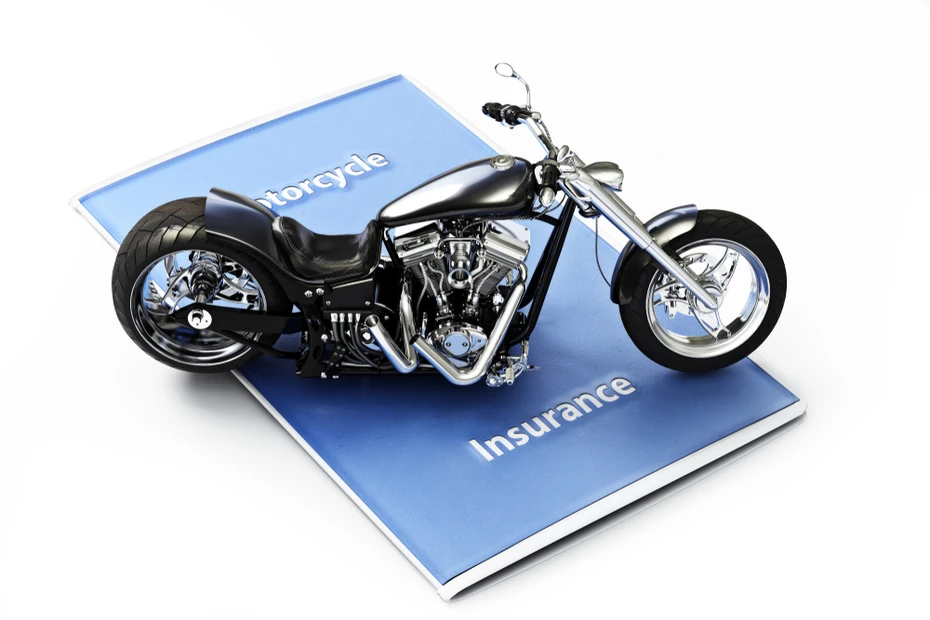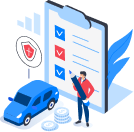Tips to Ride A Two-Wheeler Safely in Heavy Traffic
Read this article to know some tips for riding your two-wheeler safely in heavy traffic.
Table of Contents
The most hazardous location to ride a motorbike is in traffic, but it can still be enjoyable, and there are several things you can do to keep yourself safe. The traffic is hazardous: many cars around you may not notice you, there can be more oil on the roads from trucks and older vehicles, people can get distracted by gadgets and gizmos, traffic signals, passengers, and advertising signs, but you must keep an eye on the traffic ahead, alongside you, and behind you. Admitting that you and other motorists will make mistakes is perhaps the first step in traffic preservation.

Tips to Ride A Two-Wheeler Safely in Heavy Traffic
Here are some tips on riding your bike safely in heavy traffic -
-
Practice Makes Perfect
It's critical that you get out in traffic on a regular basis to get a sense of how hectic it can be and how alert you must be. You'll start to develop a sixth instinct for what other cars are up to. A car moving in its lane or slowing down, for example, might indicate that the driver is on the phone or changing the radio station. You can practice in traffic, but calm roads are also a good place to practice other tactics like emergency braking and fast changes of direction.
-
Keep An Eye On The Traffic And People
Bikes are taller than most other vehicles, giving you a good perspective of what's going on inside. That could offer you a hint as to what they'll do. They might be bending over to adjust the radio station, checking if your lane is open to pass, or fighting with the kids in the back seat. Also, keep an eye out for pedestrians who are distracted by their phones or headphones. They'll also unlawfully cross across stopped traffic.
-
Strategy For Leaving
Practicing fast direction changes will help you avoid unexpected incidents like a car changing lanes or a truck dumping part of its unsecured load. As a result, it's critical to check the road ahead for safe havens in case something goes wrong. Breakdown lanes, bike lanes, middle strips, and in between a line of halted or slow-moving cars are all good areas to be safe. When you're immobile, you may also prepare an exit strategy. Keep an eye out in your mirrors for a car that is likely to hit you from behind and plan a route to avoid it. When stationary, this involves keeping the bike in gear with the clutch engaged.
-
Make A Safety Net For Yourself
Many rider trainers recommend creating a buffer zone between oneself and other vehicles approaching from the front, behind, beside, or from the side. However, in congested areas, this is difficult. A vehicle is likely to slide into a space in front of you if you leave one. In heavy traffic, creating a buffer necessitates continuously shifting your lane position. This may appear chaotic to other drivers, but it draws attention, causing cars to avoid you as much as you avoid them!
-
Stay Ahead
If you merely drift along with the traffic, you're more likely to get involved in an accident and end up in other people's blind areas. Staying ahead of the traffic flow and moving to the front of the stationary queue at the lights is a fantastic strategy to build a buffer zone and be seen.
Take Away
Examine traffic patterns, such as which lanes move quicker at which points, where snarls occur, and what possible risks exist. Heavy traffic is unpredictable, and it will behave differently on some days, especially if there is an incident or if it is pouring - when the true fools appear!
Must Check:
Two Wheeler Insurance Companies
All About IDV And NCB In Two-Wheeler Insurance
Disclaimer: This article is issued in the general public interest and meant for general information purposes only. Readers are advised not to rely on the contents of the article as conclusive in nature and should research further or consult an expert in this regard.














































